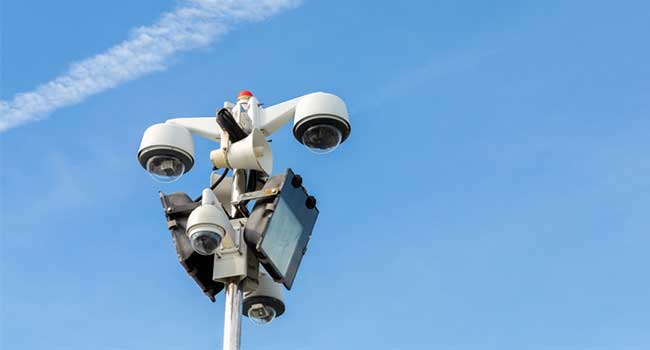
Jacksonville to Upgrade Surveillance with High-Tech Crime Fighting Tools
Jacksonville, Fla. is looking to upgrade their surveillance with advanced technology such as gunshot detection.
- By Sydny Shepard
- Feb 20, 2019
City Council members in Jacksonville, Fla. understand that upgrading baseline surveillance systems is the best way to detect and fight crime in the city. On Tuesday, the Council moved to approve a new plan that would upgrade the city-wide surveillance cameras to include advanced technologies such as gunshot detection.
The plan is to create a real-time crime center that would tie surveillance cameras from across the city to a gunfire-detection system, called ShotSpotter. The system would notify police when gunshots are detected by microphones that are installed in high places, such as church steeples and rooftops, around the city.
The system would turn on cameras in the area of the gunshot to stream to police exactly what is going on at the time of the disturbance so police can move to the scene with more information than before.
Of the nearly 1,700 city cameras already in place, most are positioned inside of buildings. Jacksonville Sheriff's Office Chief Nick Burgos said the system will only use outdoor cameras. Chief Burgos said the authorities are already testing out a few new cameras to add to the system.
"One all of the cameras are up, we will have an additional 100 cameras, but there will be two cameras per location," Chief Burgos said in an interview with News 4 Jax. He noted that police will only be able to monitor up to 16 cameras at once.
The real-time crime center is located just west of downtown Jacksonville at the same site where the Florida Department of Transportation operates its traffic camera system.
About the Author
Sydny Shepard is the Executive Editor of Campus Security & Life Safety.